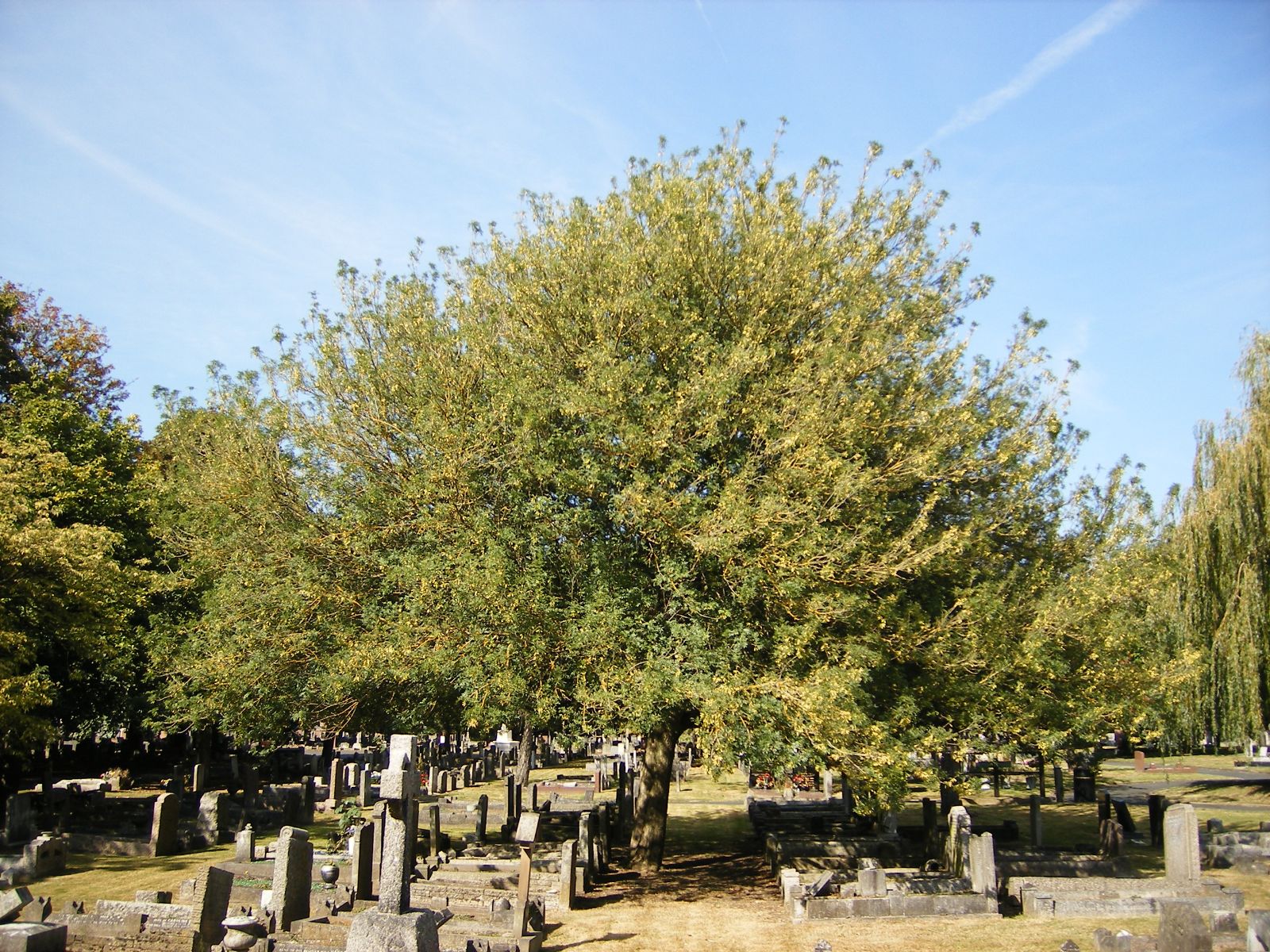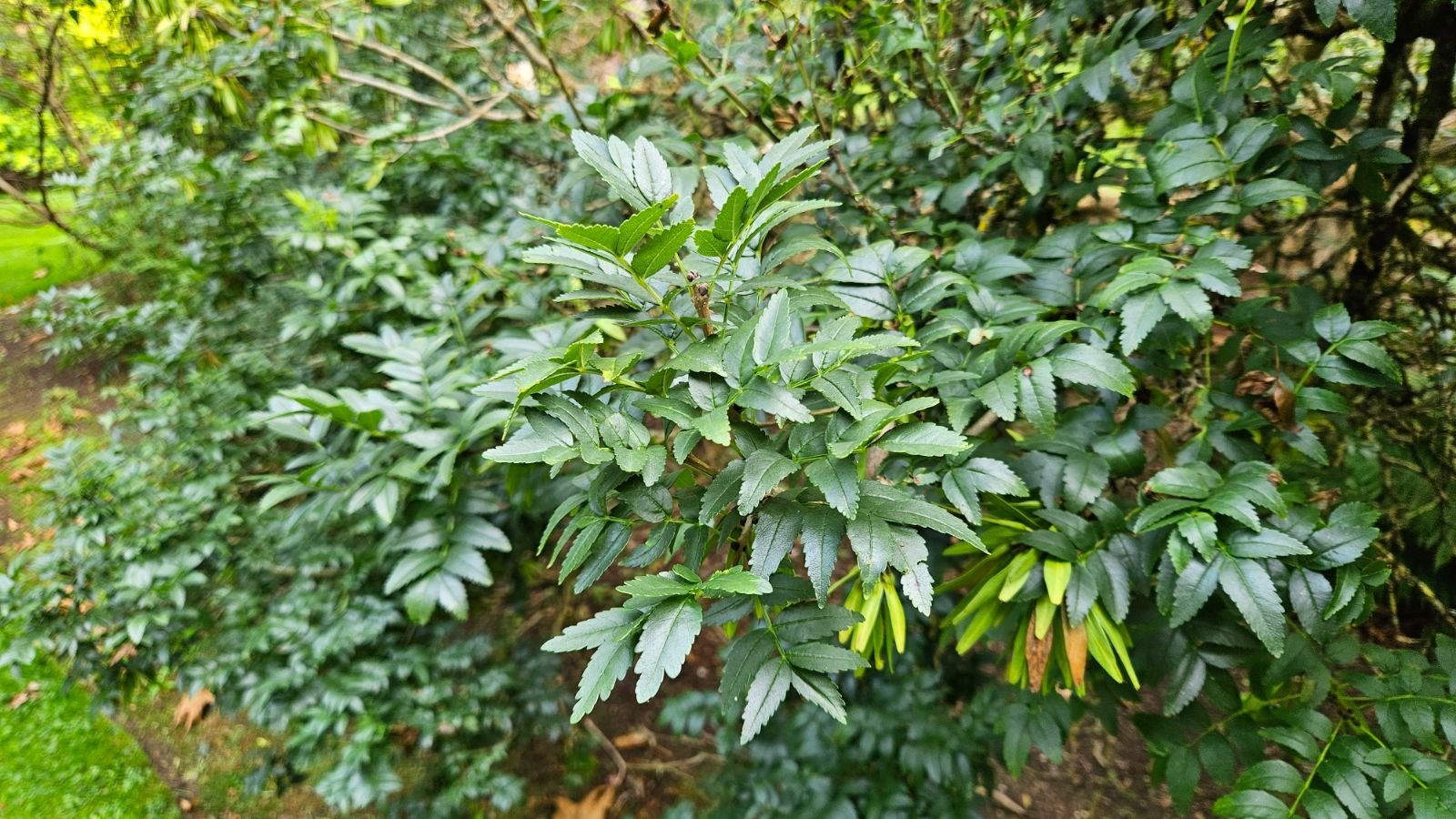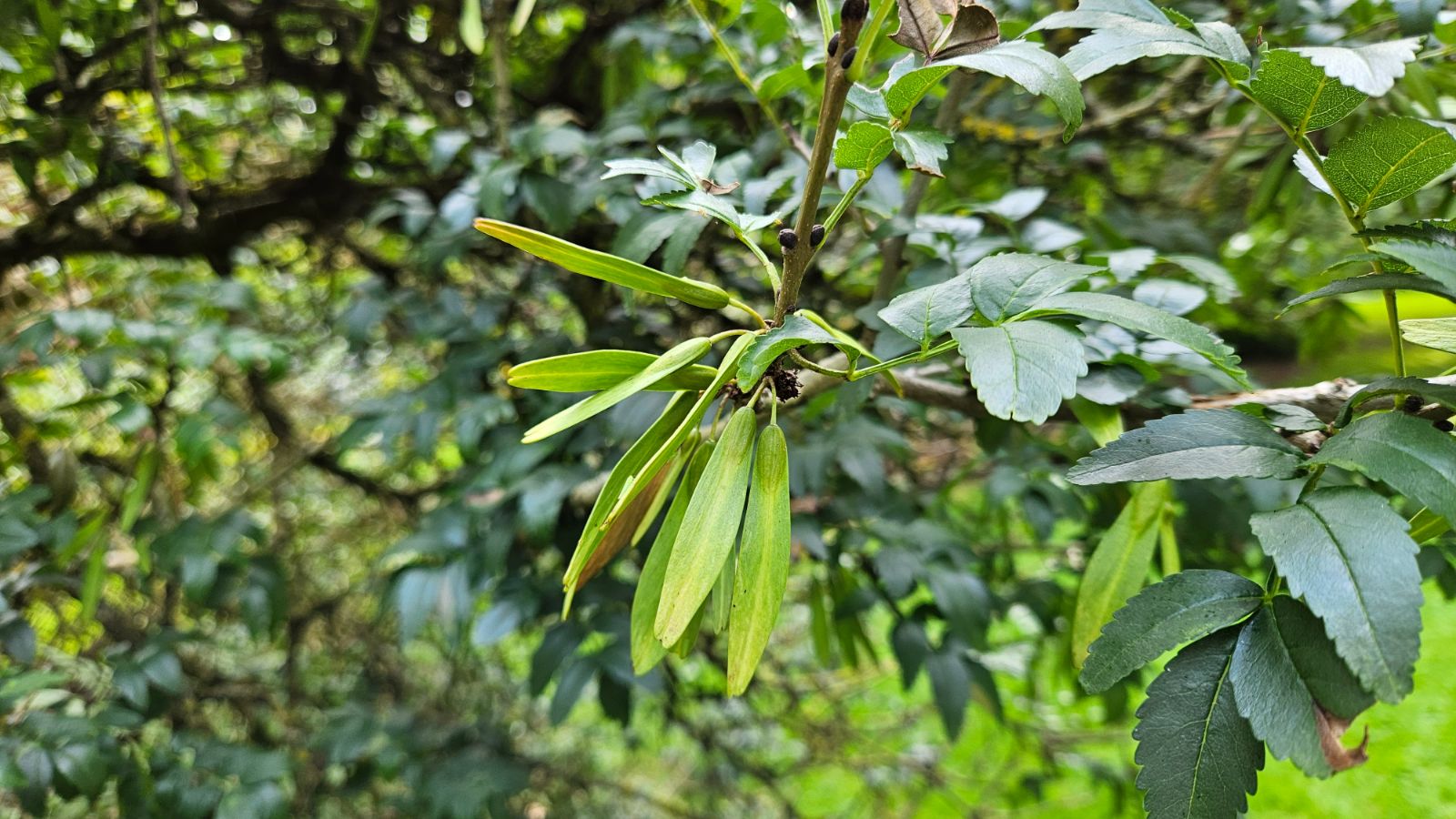Fraxinus xanthoxyloides
Credits
Article from Bean's Trees and Shrubs Hardy in the British Isles
Recommended citation
'Fraxinus xanthoxyloides' from the website Trees and Shrubs Online (treesandshrubsonline.
Genus
Synonyms
- Ornus xanthoxyloides G. Don
- F. moorcroftiana Brandis
Infraspecifics
Other taxa in genus
- Fraxinus americana
- Fraxinus angustifolia
- Fraxinus anomala
- Fraxinus biltmoreana
- Fraxinus bungeana
- Fraxinus caroliniana
- Fraxinus chinensis
- Fraxinus cuspidata
- Fraxinus dipetala
- Fraxinus elonza
- Fraxinus excelsior
- Fraxinus floribunda
- Fraxinus griffithii
- Fraxinus holotricha
- Fraxinus lanuginosa
- Fraxinus latifolia
- Fraxinus longicuspis
- Fraxinus mandshurica
- Fraxinus mariesii
- Fraxinus nigra
- Fraxinus obliqua
- Fraxinus ornus
- Fraxinus oxycarpa
- Fraxinus pallisiae
- Fraxinus paxiana
- Fraxinus pennsylvanica
- Fraxinus platypoda
- Fraxinus pubinervis
- Fraxinus quadrangulata
- Fraxinus rotundifolia
- Fraxinus sieboldiana
- Fraxinus sogdiana
- Fraxinus spaethiana
- Fraxinus syriaca
- Fraxinus texensis
- Fraxinus tomentosa
- Fraxinus 'Veltheimii'
- Fraxinus velutina
A shrub or small tree attaining 25 ft in height in the wild. Young branches, leaf-petioles, rachis, and midrib of leaflets beneath downy or glabrous. Leaves with mostly seven to nine leaflets but occasionally three or up to thirteen; rachis winged. Leaflets variable in size even on the same plant, usually lanceolate or narrow-elliptic, 11⁄4 to 21⁄4 in. long, 1⁄4 to 1⁄2 in. wide, sometimes broad-elliptic or ovate and up to 4 in. wide, bluntly toothed, scarcely stalked. Flowers in short, dense panicles borne at the leaf-scars of the previous year’s growths; petals absent; calyx cup-shaped. Fruits linear-oblong or spathulate, often retuse at the apex, with the calyx persisting at the base.
A native of the N.W. Himalaya from Garwhal westward, and of Afghanistan, mainly confined to the dry, inner valleys. Farther to the west, in Algeria and Morocco, plants occur which scarcely differ from those of the Asiatic region but are more glabrous and have somewhat smaller leaflets. These have been named var. dimorpha (Coss. & Dur.) Wenz. (syn. F. dimorpha Coss. & Dur.), but it is doubtful if the distinction is worth maintaining. In his monograph on the ashes, Lingelsheim in effect included the African plants in the typical part of F. xanthoxyloides, since his var. dimorpha was simply intended to distinguish the larger-leaved plants of the species as a whole from the dwarfer var. dumosa (see below).
F. xanthoxyloides is not common in cultivation, but there is a grafted tree at Syon House, London, measuring 43 × 6 ft (1967) and smaller plants at Kew, Edinburgh, and Westonbirt. It is of botanical interest, being more closely allied to various shrubby species of the south-western USA and Mexico than to any Old World species. Also remarkable is its wide but disjunct distribution, which, as Lingelsheim remarks, is not unlike that of the genus Cedrus.
From the Supplement (Vol. V)
specimens: Kew, 56 × 41⁄4 ft below graft (1981); Syon House, London, 15 × 61⁄4 ft (1982); Wakehurst Place, Sussex, in The Oaks, 36 × 41⁄2 ft (1981); Westonbirt, Glos., in Willesley Drive, var. dimorpha, 40 × 4 ft above graft (1981).
var. dumosa Carr.
Synonyms
F. xanthoxyloides f. dumosa (Carr.) Rehd



